Hello readers! My name is Hannah, and I am a Junior Computer Science major at Carleton College currently studying abroad in England. I am from Berkeley Springs, West Virginia but currently live in Minnesota. In my free time, I enjoy reading and running.
This past week has been exciting for us Carleton folk, as we reside in downtown London! Our group had an educational and engaging interaction with World War II History in London with several all-day tours of this historic city and monument viewings. Our days began early at around 9 am and would conclude roughly at 6 pm. This blog post will describe some of the highlights of our excursions throughout the week.
Monday began with a class at our hotel, and our afternoon consisted of a visit to the Churchill War Rooms. Located around the corner from the Westminster Tube Station, our group was welcomed with a lovely view of Big Ben on our way to the museum.
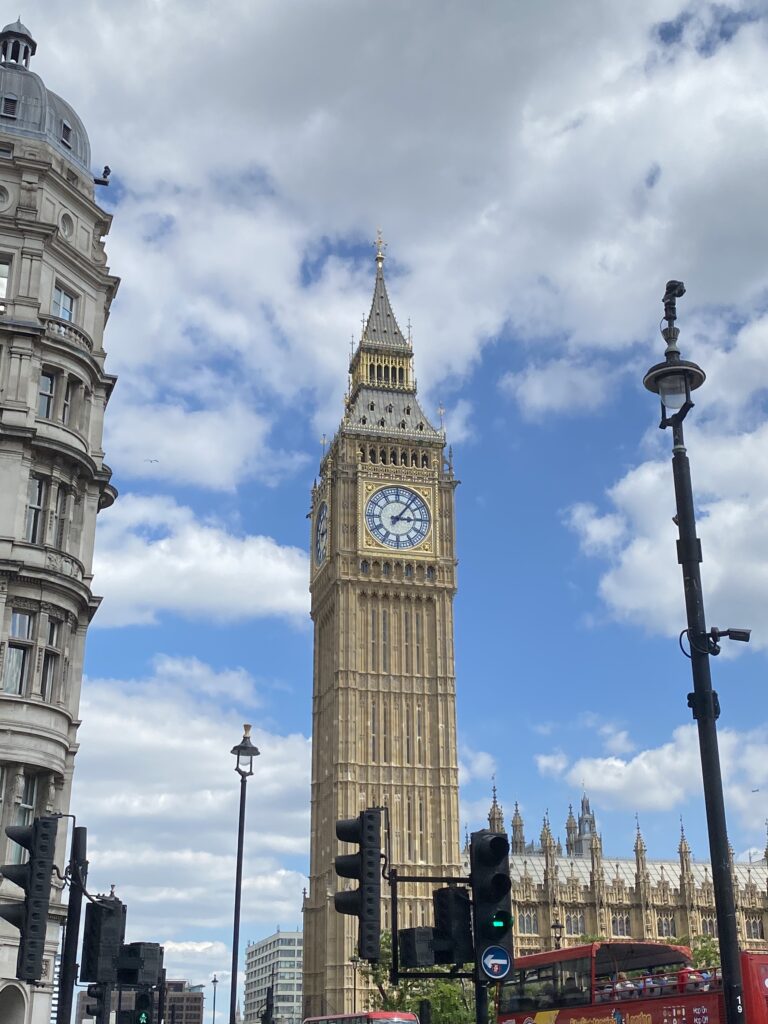
We then traveled underground to experience the headquarters Winston Churchill utilized during the Second World War to continue war efforts while the Blitz occurred in London. The underground included places to sleep, communication rooms, and a prominent strategizing space, the map room. The Churchill war rooms played a pivotal role in the outcome of the Second World War and reflected the resilience of Britain throughout the war.
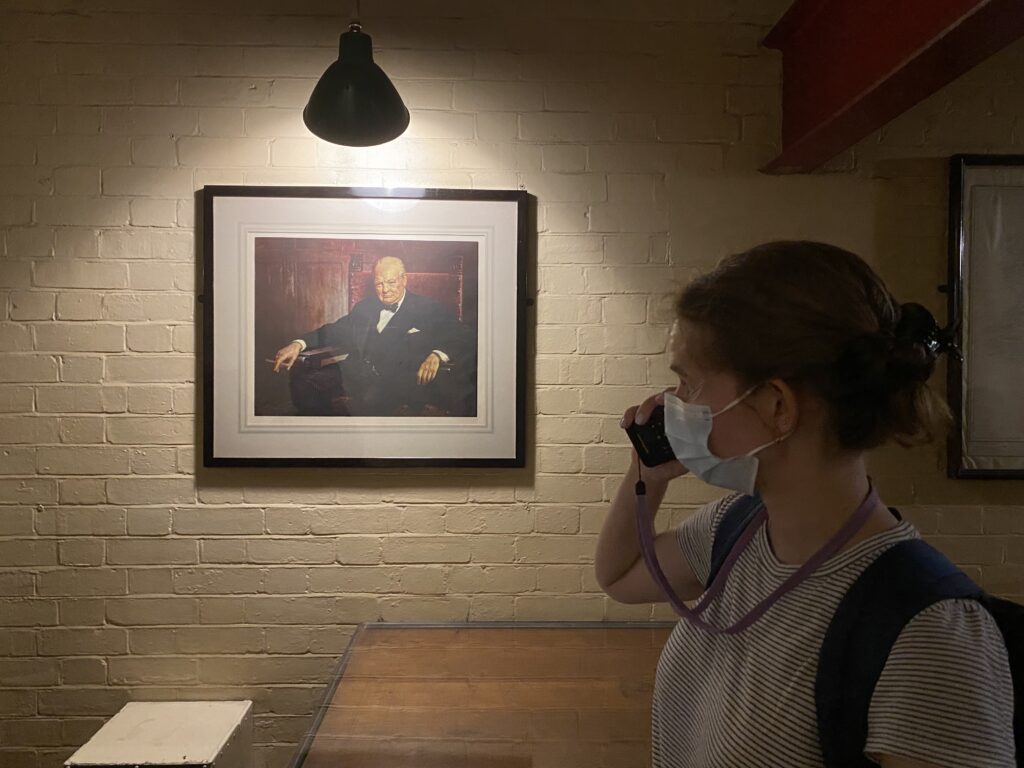
Tuesday began bright and early for our first all-day tour of London. We were lucky to have a knowledgeable tour guide, Ruth, to lead us around this unfamiliar city. Our morning began with a visit to the HMS Belfast, a cruiser ship built for the Royal Navy before the Second World War began. Belfast’s importance for most of the war came from participating in the Arctic convoys from England to the Soviet Union. However, Belfast’s paramount role in the war was its involvement in the D-Day bombardment of the coast of Normandy. Because of this importance, the Belfast was immortalized as a museum and has been preserved in a way that uniquely captures life during the war on a ship.
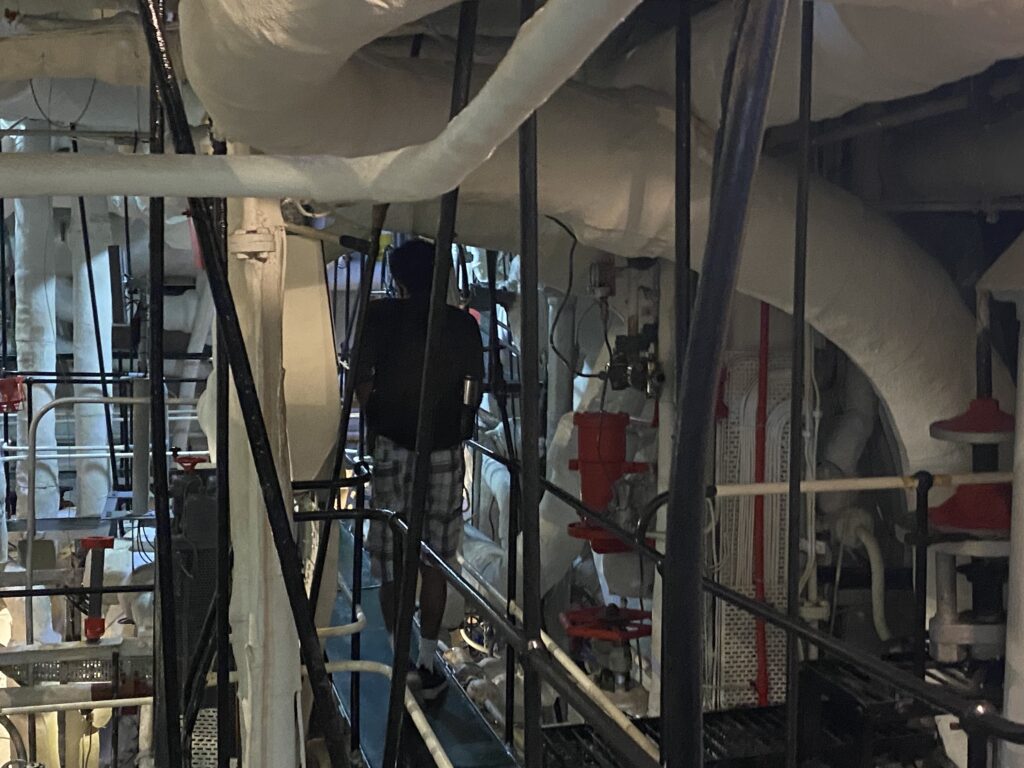
We explored all levels of this massive ship, and the image above features the boiler room. The walkways were tedious to navigate and unnervingly narrow. With exposed pipes, thermostats, and asbestos warning signs surrounding us, we certainly took our time exploring this complex ship. Our class could have spent an entire day in the Belfast.
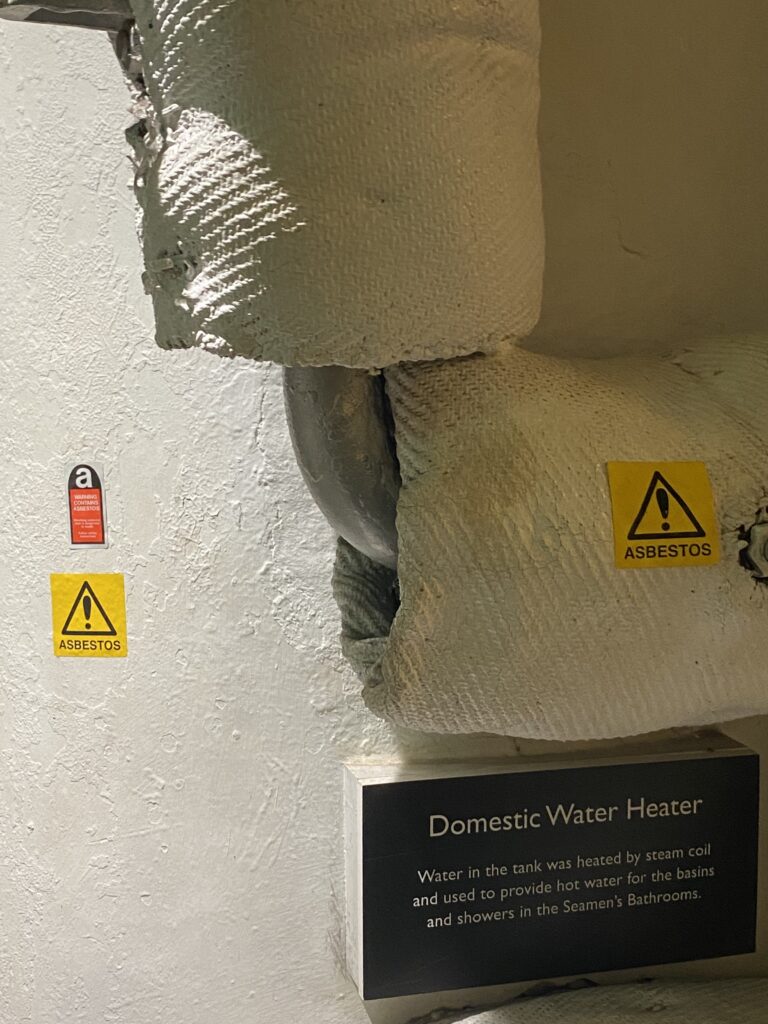
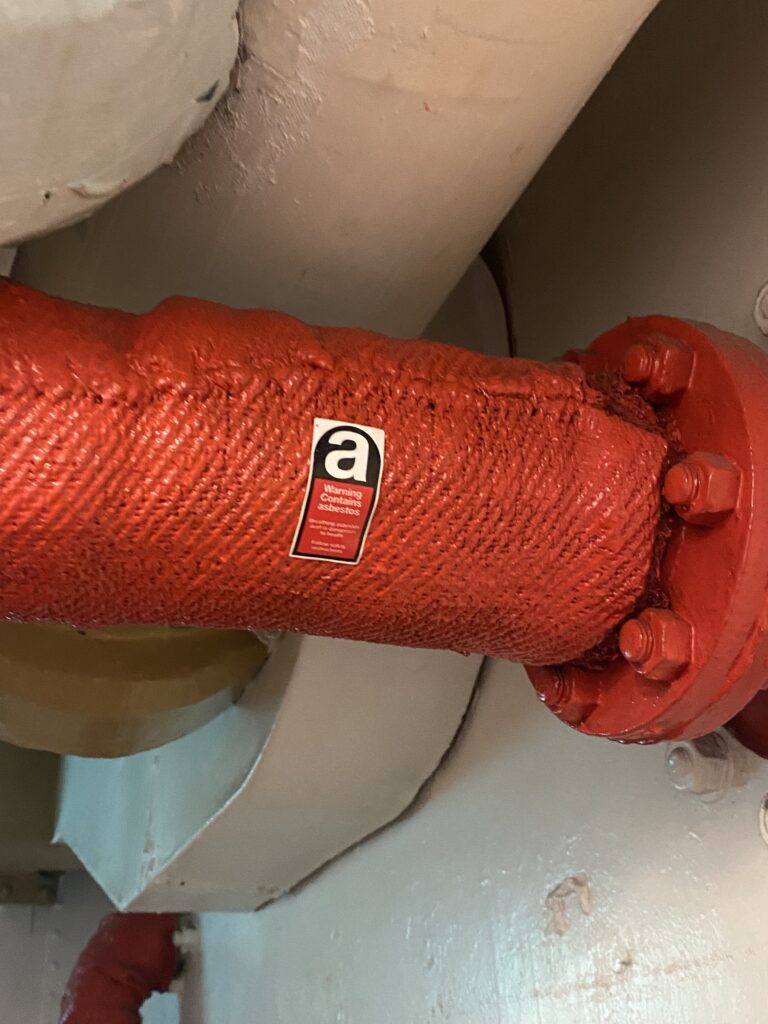
Eventually, we reached the captain’s room and could experience the visibility possible from its elevation. Featured below is Lazuli approving the view!
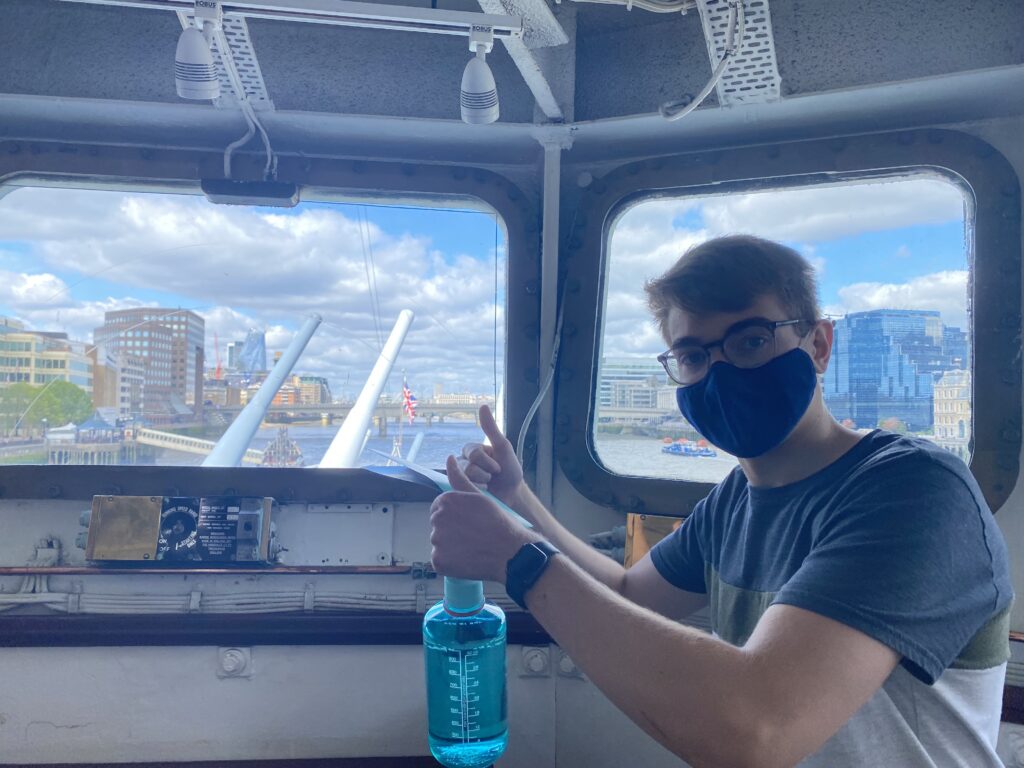
Afterward, we visited more historic locations, such as St Clement Danes, a church that was hit during the London Blitz and later remodeled to be the central church of the Royal Air Force. Our next stop was the Battle of Britain Monument, sculpted by Paul Day to commemorate the Royal Air force’s sacrifice during the war and Britain as a country.
We spent an extended part of our day exploring the breathtaking Westminster Abbey room-for-room. Approaching the goliath of a church was daunting and exhilarating. Its intricate exterior appropriately prepared our group for the spectacular interior with hundreds of years of British history.

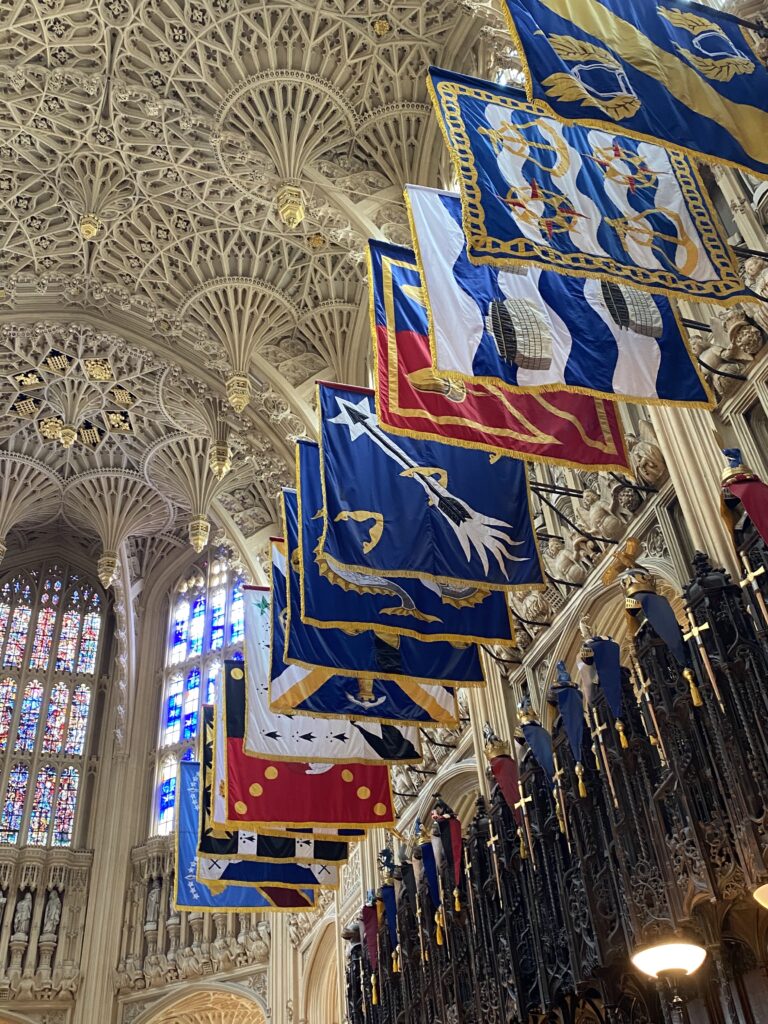
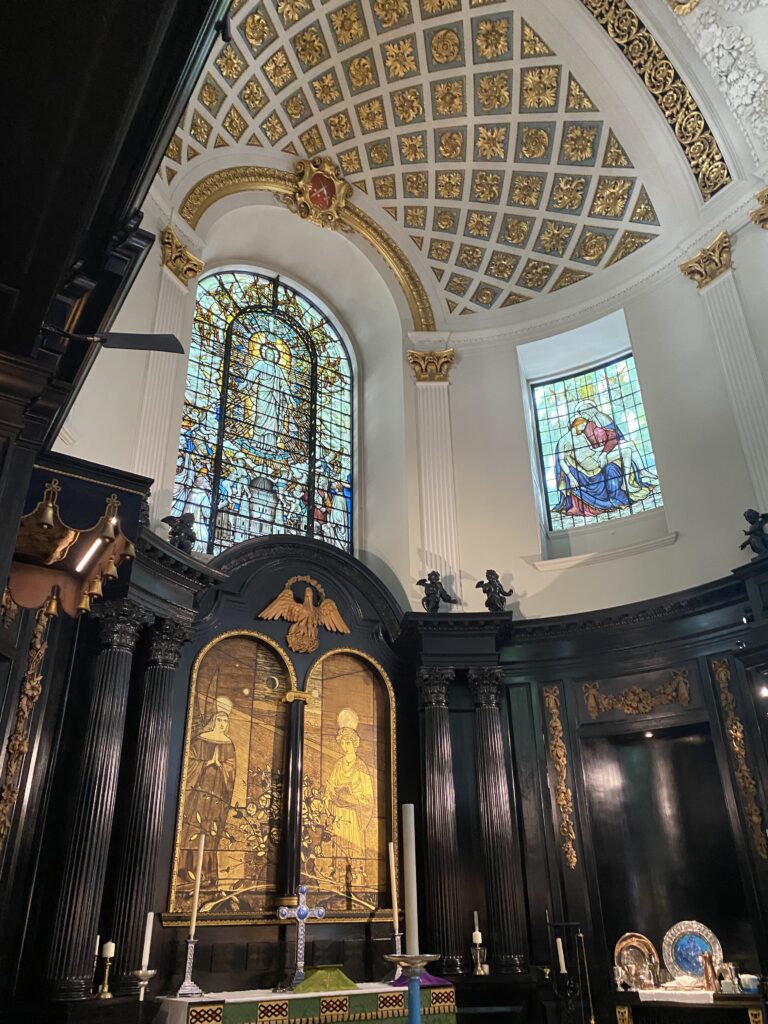
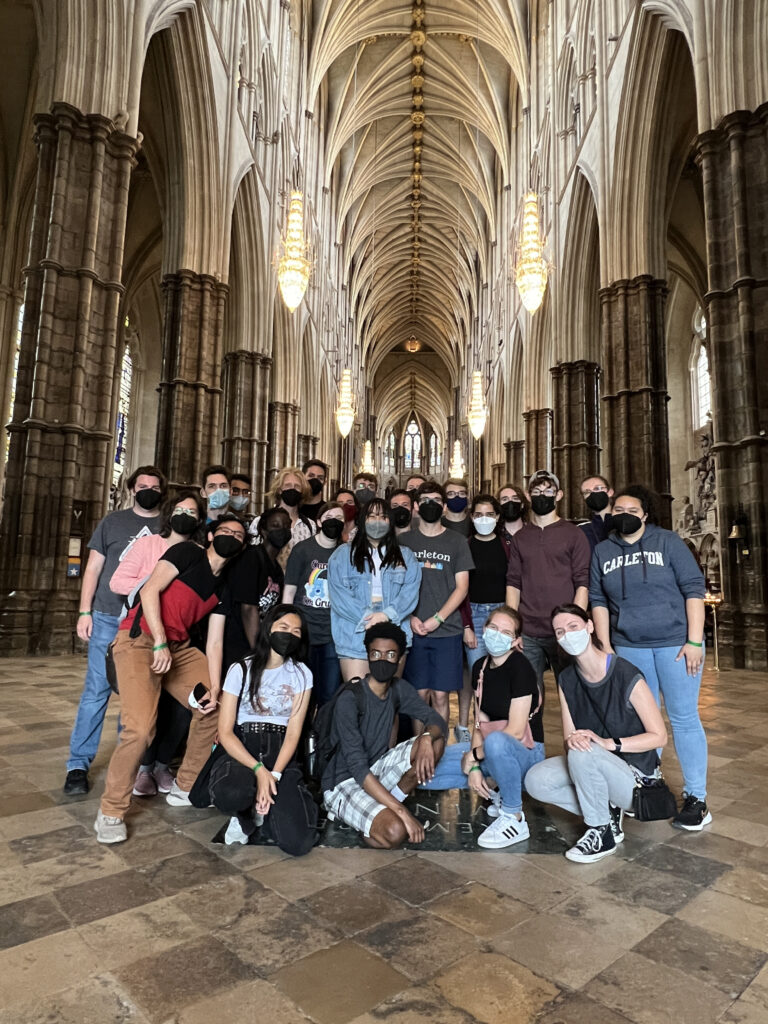
On Wednesday, we traveled to the university “inferior” to Cambridge, Oxford. Despite its inferiority, it was pretty lovely. We visited the Weston Library to see numerous primary documents related to Ada Lovelace, including a handwritten (by her!) school schedule when she was young and letters her mother wrote to her notable tutor, Mary Somerville.
Thursday entailed a trip to the Greenwich Observatory along the Prime Meridian. Before radio navigation was developed, the observatory was utilized as a navigational headquarters for mariners.
We also saw the Great Equatorial Telescope, a surreal instrument designed to photograph and observe the night sky in great detail.
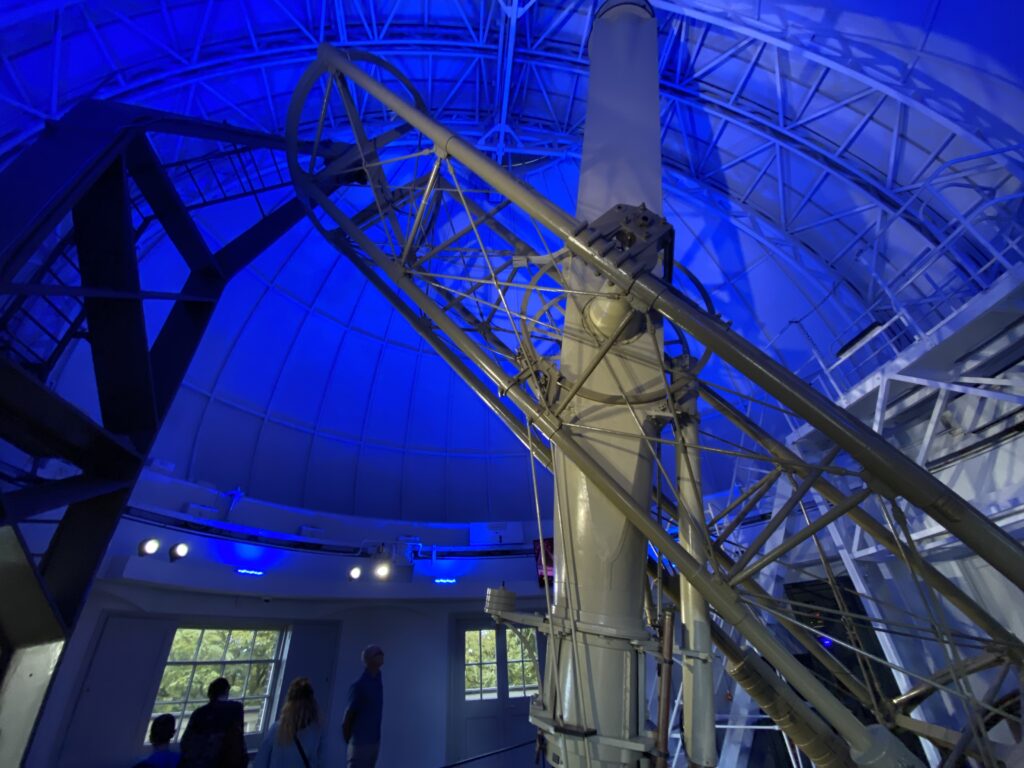
Friday was our second all-day tour of London. We bussed around the city this time, allowing us to visit areas on the outskirts of London. We visited the Bentley Priory Museum, RAF Uxbridge, and Runneymede RAF Memorial.

At Royal Air Force Uxbridge, we descended a dreadful 76 stairs into the bunker room, consisting of lightboards representing all RAF stations in Britain and an enormous map used to counter enemy attacks strategically.
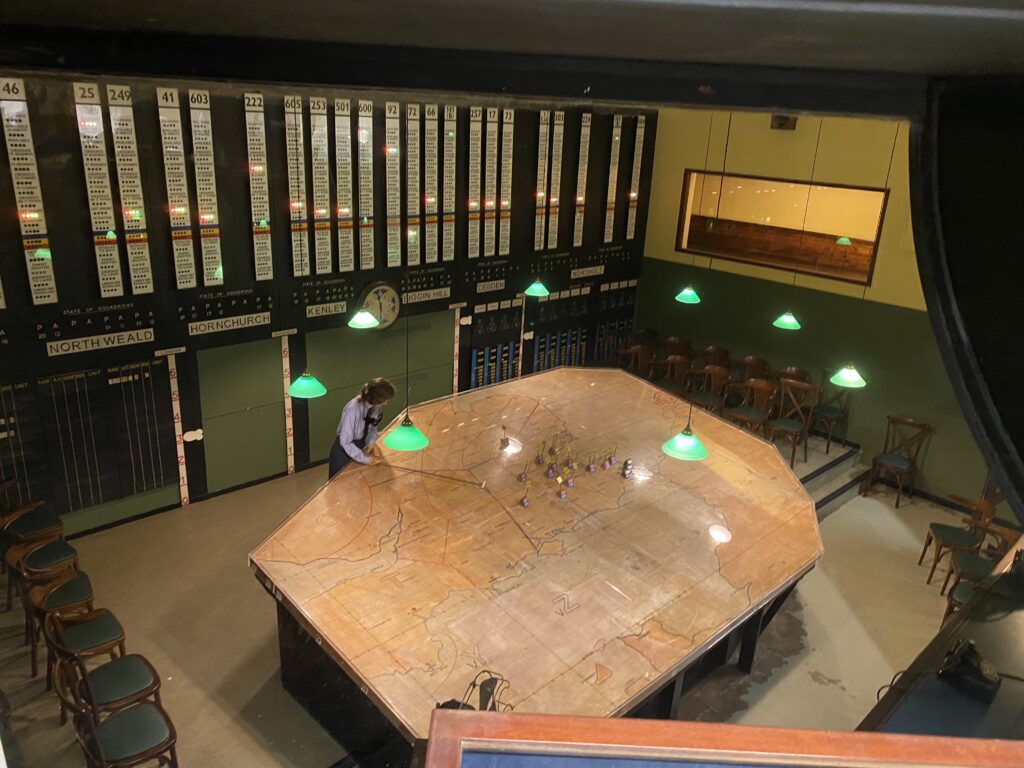
Our week of tours concluded with a visit to the Runneymede RAF Memorial. This memorial was remarkable in that it names every RAF soldier that passed in the Second World War that was not given a grave. The monument was beautiful and impactfully commemorated those lost during the war.

Thank you so much! I really enjoyed learning about what you all are doing and your reactions to it. Very fun to have the photos as well!